Kenya, a jewel in the heart of East Africa, is a country known for its stunning natural beauty, diverse wildlife, and rich cultural heritage. It boasts an array of landscapes, from the rugged mountains and tropical rainforests to sweeping savannas and pristine beaches.
These landscapes are home to some of the world’s most iconic wildlife species. It is in the country’s numerous parks and game reserves that one can fully appreciate this rich biodiversity. Kenya hosts over 50 parks and reserves, each unique in its offering, and together they form a safe haven for Kenya’s precious wildlife.
Importance of Sustainable Tourism in Kenya
Sustainable tourism plays a crucial role in Kenya’s economy and environmental conservation. Not only does it create job opportunities and contribute to the country’s GDP, but it also promotes the preservation of wildlife and their natural habitats.
It’s a delicate balance of ensuring economic development without compromising the natural resources that the tourism industry heavily relies upon. Furthermore, sustainable tourism plays a significant role in promoting and preserving Kenya’s diverse cultural heritage, allowing visitors to gain valuable insights into local traditions and customs.
Top 15 Parks and Game Reserves in Kenya
Maasai Mara National Reserve
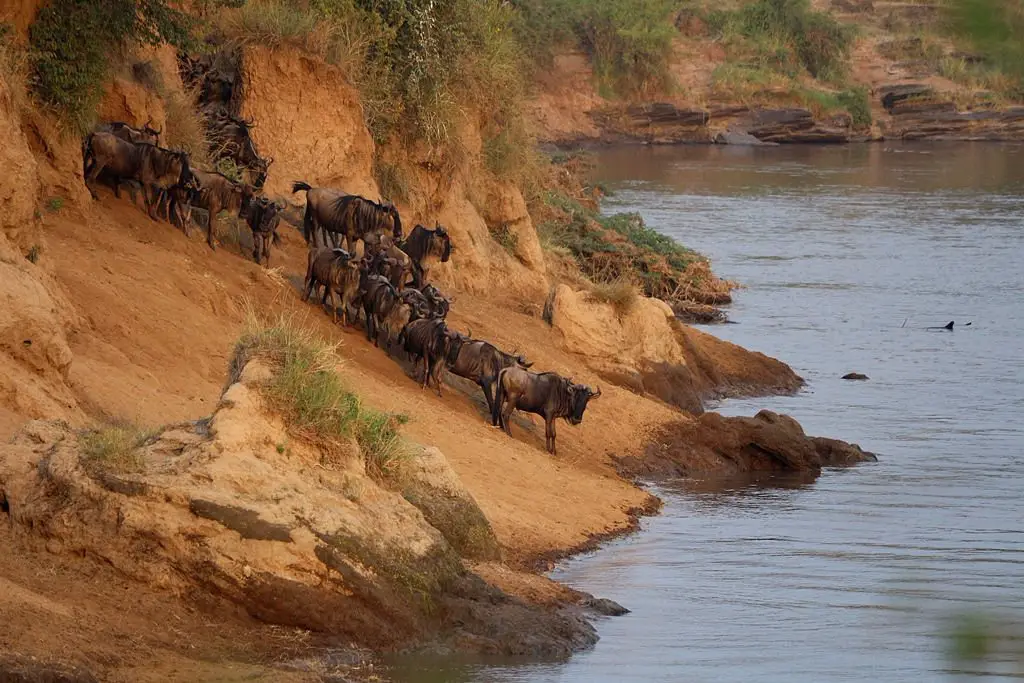
Photo credit: Trip Advisor
This reserve is perhaps the most famous safari destination in Africa. Located in the Great Rift Valley, it is home to a remarkable variety of wildlife, including the Big Five (lion, leopard, buffalo, elephant, and rhinoceros). It’s particularly known for the annual Great Migration of millions of wildebeest, zebra, and gazelles.
Amboseli National Park
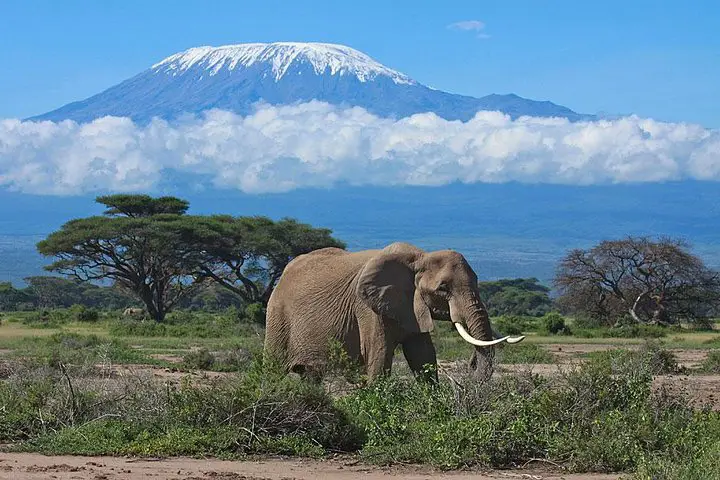
Photo credit: Trip Advisor
Amboseli is famous for its large populations of elephants and stunning views of Mount Kilimanjaro across the border in Tanzania. It offers diverse wildlife and a unique savanna landscape.
Tsavo East and Tsavo West National Parks
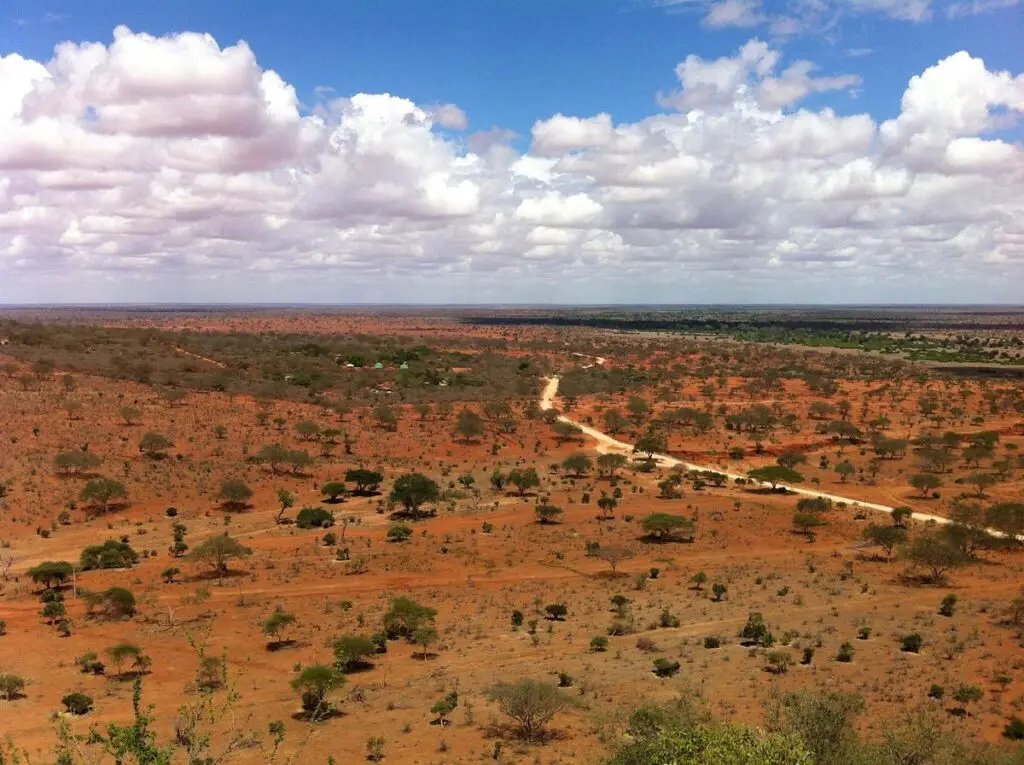
Photo credit: Trip Advisor
These two parks form one of the largest wildlife conservation areas in the world. They are home to a vast array of wildlife, including lions, leopards, elephants, buffalo, and hundreds of bird species.
Nairobi National Park
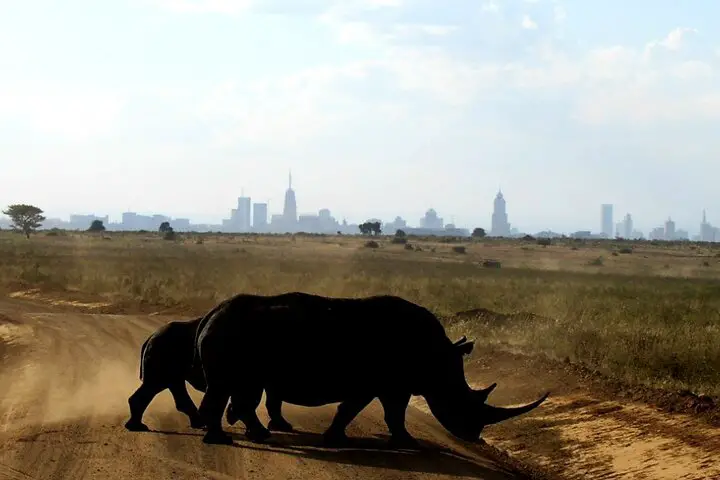
Photo credit: Trip Advisor
Located just outside Kenya’s bustling capital city, this park offers a unique juxtaposition of city and wildlife with its array of fauna against a backdrop of towering skyscrapers.
Lake Nakuru National Park
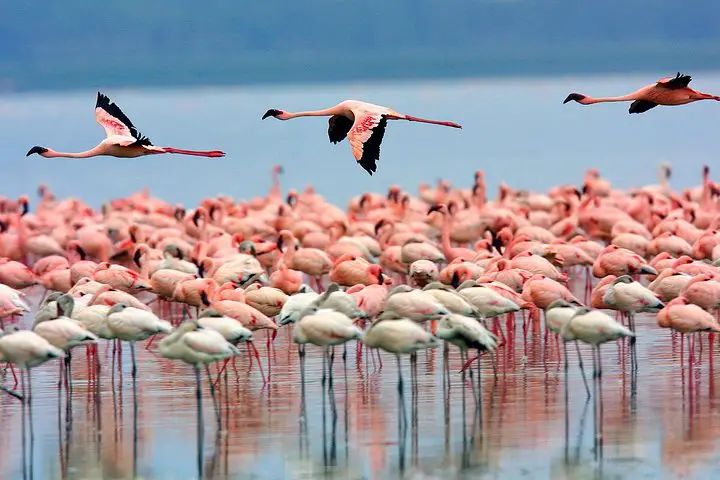
Photo credit: Trip Advisor
Renowned for its spectacular flamingo gatherings, this park also provides sanctuary to a variety of wildlife, including endangered species such as the Rothschild’s giraffe and the black and white rhino.
Hell’s Gate National Park

Photo credit: Trip Advisor
This park offers a unique blend of wildlife and geographical features, including the impressive Fischer’s Tower and Central Tower columns and the Hell’s Gate Gorge.
Mount Kenya National Park
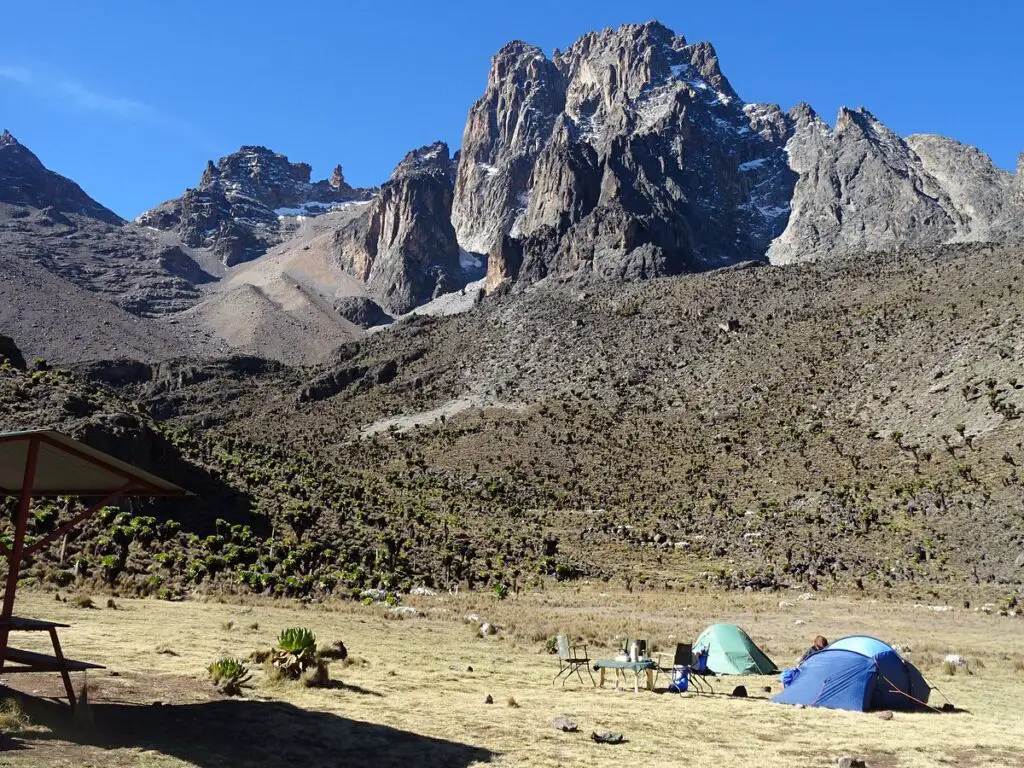
Photo credit: Trip Advisor
Centered around Mount Kenya, Africa’s second-highest peak, this park offers beautiful landscapes and diverse wildlife.
Samburu National Reserve
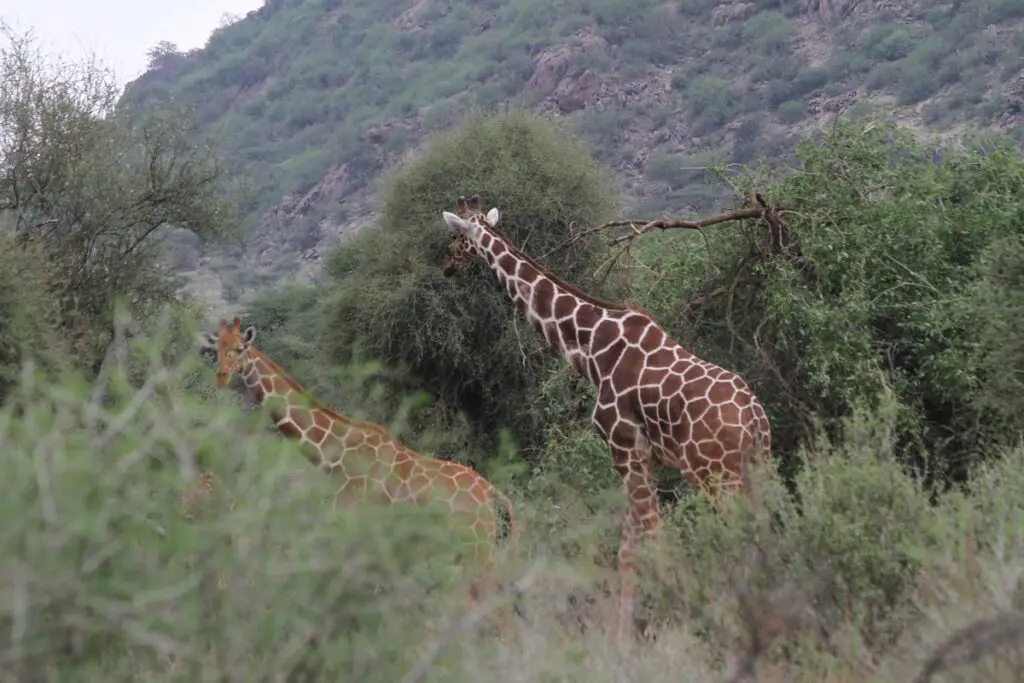
Photo credit: Trip Advisor
This reserve is home to unique species that are not found in other parts of the country, including the reticulated giraffe, the Grevy’s zebra, and the Beisa oryx.
Aberdare National Park
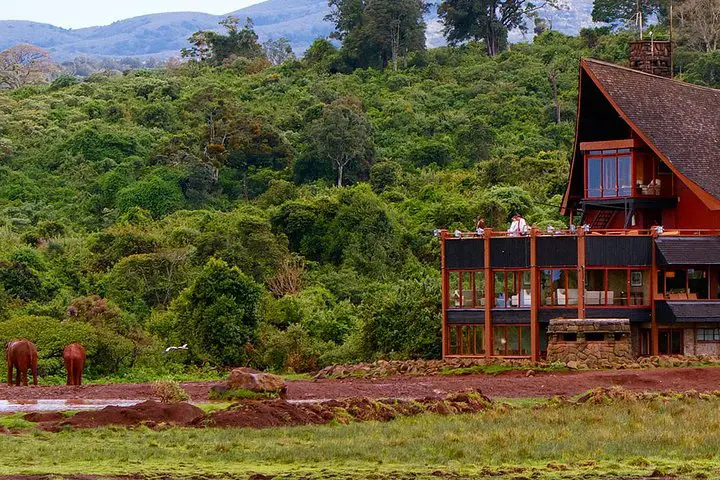
Photo credit: Trip Advisor
Known for its scenic beauty, this park is also home to a host of wildlife, including elephants, black rhinos, and diverse bird species.
Meru National Park
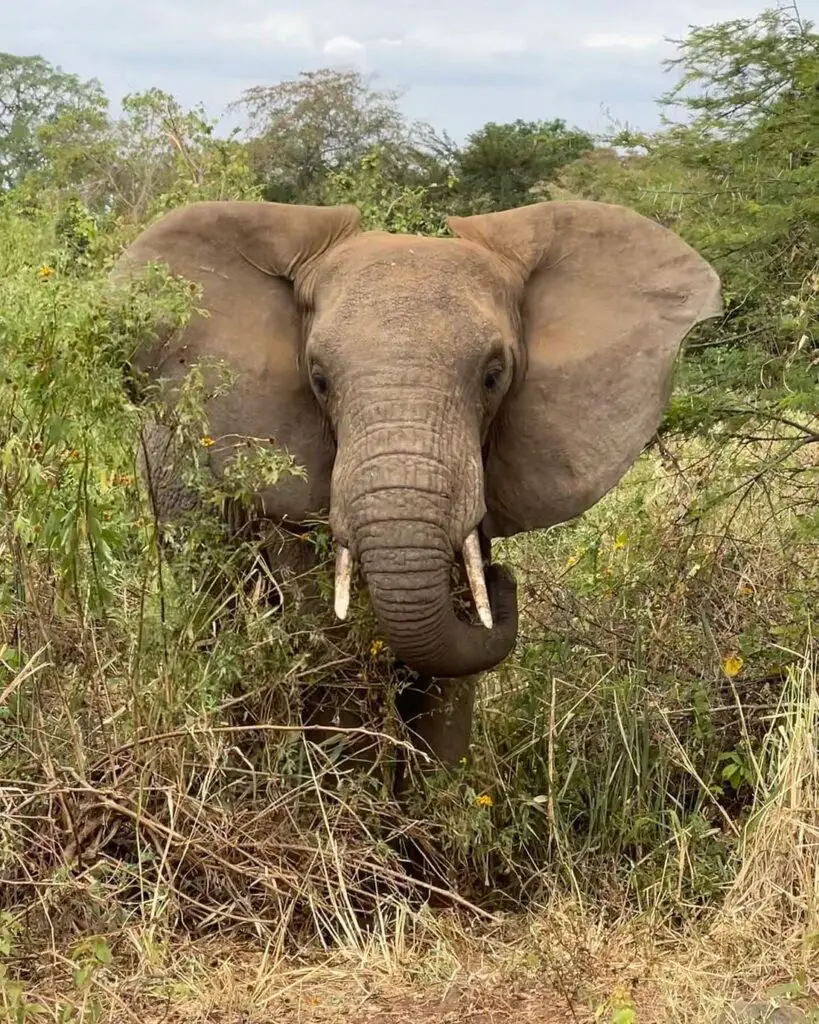
Photo credit: Trip Advisor
This park was made famous by the book and movie “Born Free,” which tell the story of Elsa the lioness. It offers a diverse range of wildlife and beautiful landscapes.
Shimba Hills National Reserve

Photo credit: Trip Advisor
This reserve is the only home in Kenya for the Sable Antelope and also hosts elephants and numerous bird species.
Lake Naivasha

Photo credit: Trip Advisor
With a beautiful lake, rich birdlife, and a variety of mammals, Lake Naivasha is a must-visit destination in the Rift Valley.
Ol Pejeta Conservancy
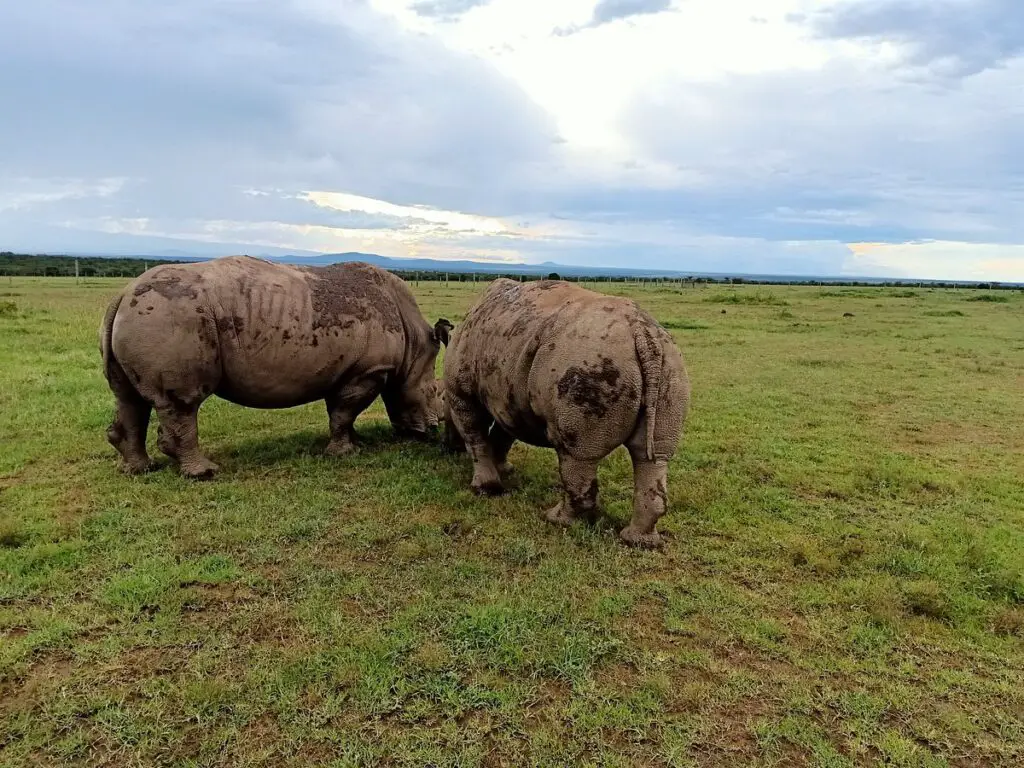
Photo credit: Trip Advisor
This conservancy is home to the largest population of black rhinos in East Africa and hosts other wildlife such as elephants, lions, and chimpanzees.
Lake Bogoria National Reserve
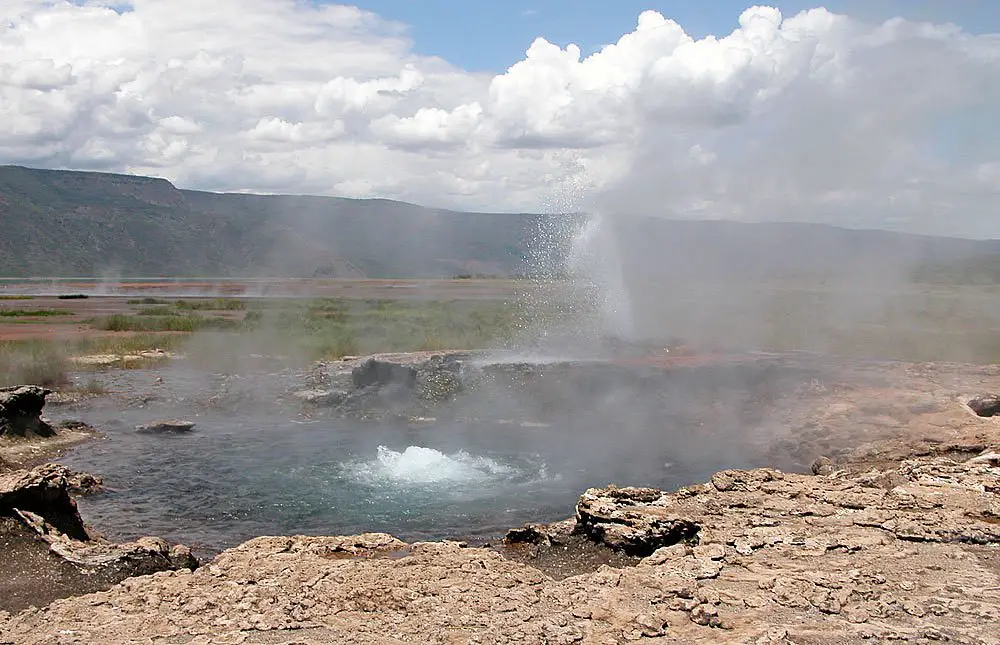
Photo credit: Trip Advisor
Known for its geysers and hot springs, this reserve also hosts large flocks of flamingos and other bird species.
Chyulu Hills National Park

Photo credit: Trip Advisor
Home to a range of wildlife, this park is also known for its stunning landscapes, featuring the Chyulu Hills, volcanic craters, and extensive caves.
Noteworthy Activities in Each Park
Each park and reserve offer unique activities tailored to provide unforgettable experiences. These range from game drives and bird watching to guided walking tours and cultural experiences.
Some parks also offer special events and activities, such as hot air balloon rides over the Maasai Mara or boat rides on Lake Naivasha.
Conservation Efforts
Kenya’s government and private sector have made significant efforts to conserve wildlife and their habitats. These include anti-poaching initiatives, community outreach and education programs, habitat restoration projects, and the establishment of wildlife corridors.
These efforts have led to success stories such as the increase in the population of black rhinos and the success of the annual Great Migration. However, challenges such as poaching, habitat loss, and climate change continue to pose threats to wildlife.
Planning Your Visit
The best times to visit these parks and reserves depend on what you want to see. For instance, if you want to witness the Great Migration, you should visit the Maasai Mara between July and October.
When planning your visit, remember to bring essentials like binoculars, a camera, sunblock, and appropriate clothing. In terms of health and safety, ensure you have the necessary vaccinations, and always follow the guidelines provided by park authorities.
Conclusion
Kenya’s parks and game reserves offer an unparalleled opportunity to witness some of the planet’s most majestic creatures in their natural habitat. A visit to these parks can be transformative, inspiring a deeper appreciation for wildlife and the need for conservation. As you plan your visit, remember to travel responsibly and support conservation efforts where possible.


